We use cookies to make your experience better. To comply with the new e-Privacy directive, we need to ask for your consent to set the cookies. Learn more.
Differences between Standard, Light and Special Telescopic Covers
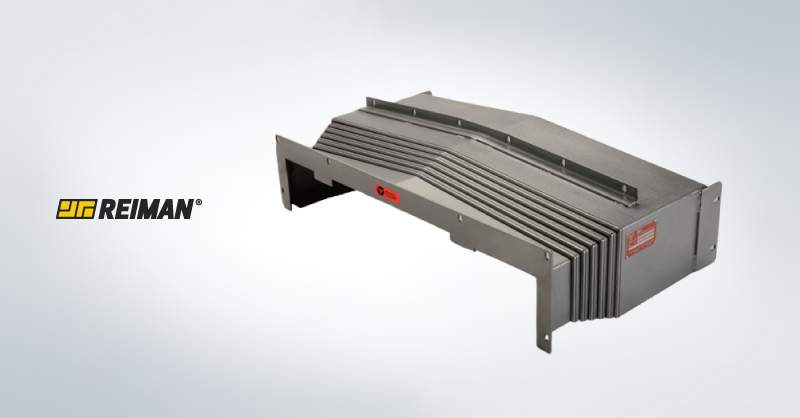
Telescopic covers are an essential element in various industrial applications, providing protection and safety for linear motion equipment. In each sector, the telescopic cover meets different demanding safety requirements, such as in the metalworking industry, where the cover provides protection against dust and fragments, and in the automotive industry, where the cover protects automation equipment against impacts and vibration.
PEI's telescopic covers are versatile, durable and beneficial products for the long-term durability of the equipment they protect. However, it is necessary to choose the most suitable type of telescopic cover for the project at hand, and we present three types of telescopic covers, highlighting their specialties:
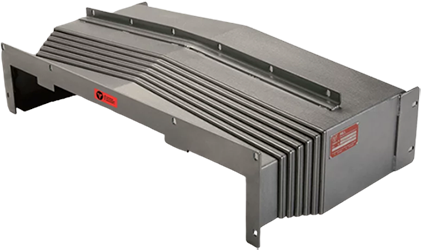
Standard Cover
The standard telescopic cover is the most versatile type of telescopic cover. The steel used to produce these covers is corrosion- and wear-resistant and its thickness varies between 1.5mm and 3mm. This type of cover is suitable for a wide range of applications and can be customized with a variety of options, from the shape of the cover itself to complementary components such as shock absorbers, wiper blades and bearings.
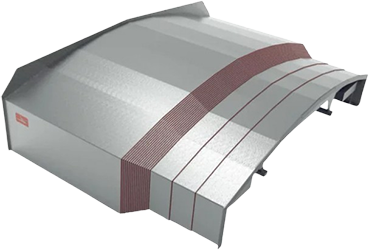
Light Cover
The light telescopic cover, or Multibend, weighs only half as much as the standard cover, thus providing an alternative for applications where weight is a vulnerable factor. This cover is designed by software developed by PEI itself, which determines the calculation of the structure in order to optimize all the components that shape the cover, allowing for optimum functioning in detail and greater longevity.
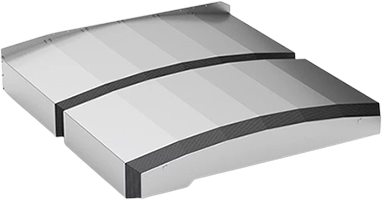
Special Cover
The special telescopic cover is a type of cover suitable for more challenging applications, whose demands involve as high speeds or heavy loads, and other extreme requirements. Along with the appropriate requirements, the shape of its structure can also deviate from the conventional design of other covers, such as covering the equipment in its entirety, instead of a partial cover, or duplicating the body of the cover so that it covers longer equipment.
Here are some examples of special telescopic covers:
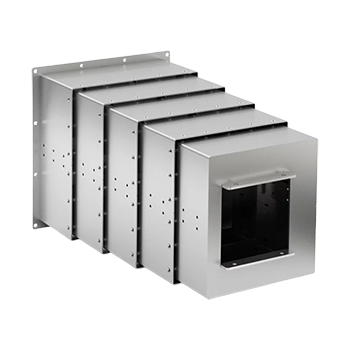
Double rectangular cover
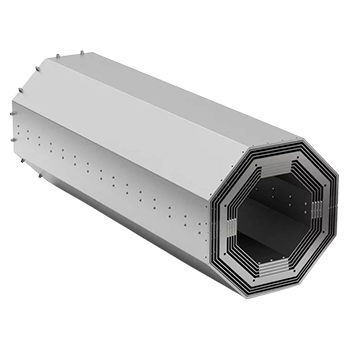
Double vertical cover with screw protection
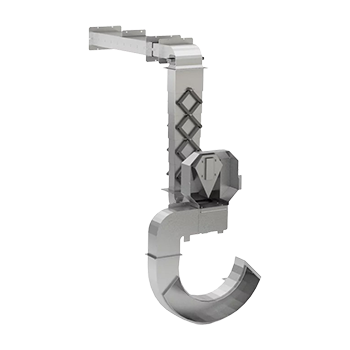
Aspirator with telescopic column synchronized by patograph
REIMAN offers various types of PEI telescopic covers. If you have any questions about telescopic covers, or if you have specific requirements about their structure, please contact us by phone or on our website at www.reiman.pt

